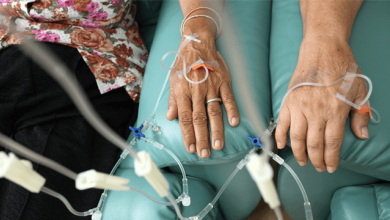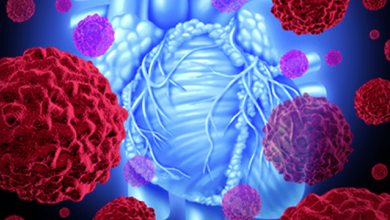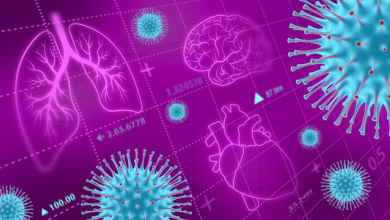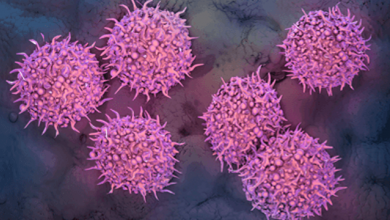Search results
Author(s):
Hani Essa
,
Gregory YH Lip
Added:
2 years ago
Author(s):
Giacinta Guarini
,
Alda Huqi
,
Doralisa Morrone
,
et al
Added:
3 years ago
Although cardiovascular mortality has declined progressively in developed countries, ischaemic heart disease (IHD) and chronic stable angina cause a worse prognosis and poor quality of life and can dramatically increase healthcare costs.1–4 Traditionally, chronic stable angina has been interpreted as reversible episodes of myocardial ischaemia due to the presence of coronary artery disease…
View more
Author(s):
Christos-Konstantinos Antoniou
,
Polychronis Dilaveris
,
Panagiota Manolakou
,
et al
Added:
3 years ago
Ventricular repolarization, as opposed to depolarization, is not a triggered phenomenon following an orderly sequence, hence the dissimilarity between their inscribed electrocardiographic waves; rather, ventricular myocytes repolarize at a time and rate determined by their intrinsic electrophysiological properties (relative concentration of ion channel types and isoforms), as well as by the…
View more
Author(s):
David G Gent
,
Rebecca Dobson
Added:
12 months ago
Author(s):
Antoni Martínez-Rubio
,
Soledad Ascoeta
,
Fadwa Taibi
,
et al
Added:
3 years ago
In the last months of 2019 and the beginning of 2020, a novel disease appeared, caused by severe acute respiratory syndrome coronavirus 2 (SARS-CoV-2), a very contagious virus, which causes coronavirus disease 2019 (COVID-19). The clinical manifestations of this virus in humans vary widely from asymptomatic to severe, with diverse symptomatology and even death. The substantial transmission from…
View more
Author(s):
Gerald V Naccarelli
,
Deborah L Wolbrette
,
Soraya Samii
,
et al
Added:
3 years ago
Currently available antiarrhythmic drugs for the treatment of atrial fibrillation are limited in their efficacy and have potential for adverse effects, including torsade de pointes. With the aging of the population, the incidence of atrial fibrillation will double in frequency over the next 15 years. Thus, more effective and safer antiarrhythmic drugs for the treatment of atrial fibrillation are…
View more
Author(s):
Lars S Maier
,
Gerd Hasenfuß
Added:
3 years ago
Current Therapeutic Strategies in Stable Angina Pectoris
Current strategies of drug-induced relief of symptoms in patients with coronary heart disease aim to improve the imbalance between oxygen supply to the heart and oxygen demand, which is well known to be relevant for myocardial ischaemia and hence angina pectoris.1 The agents that reduce myocardial oxygen demand are mainly beta-blockers,…
View more
Neuroendocrine System Regulatory Mechanisms: Acute Coronary Syndrome and Stress Hyperglycaemia
Author(s):
Ricardo A Perez de la Hoz
,
Sandra Patricia Swieszkowski
,
Federico Matias Cintora
,
et al
Added:
3 years ago
Article
Author(s):
Shu Nakao
,
Dai Ihara
,
Koji Hasegawa
,
et al
Added:
3 years ago
Induced Pluripotent Stem Cells and Their Potential Applications
Induced pluripotent stem cells (iPSCs) are generated from somatic cells, such as skin fibroblasts, by ectopic expression of defined reprogramming factors. Within a few years of the first report of the generation of mouse iPSCs, several laboratories reportedly reproduced these cells using other cell types and species using similar…
View more














